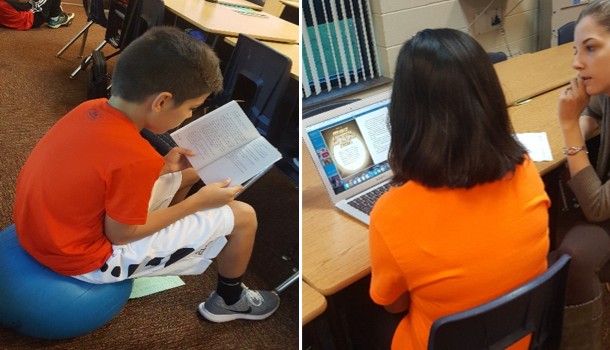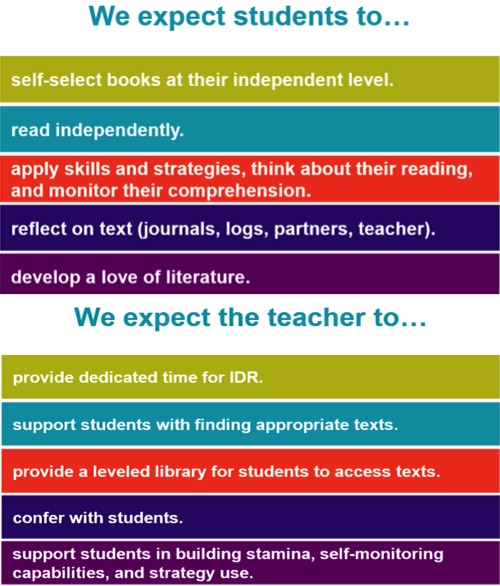There are many ways that independent reading might look in classrooms all over the world. I know that when I was teaching in the classroom, I loved giving my upper grade students time to enjoy reading through formats such as DEAR (Drop Everything and Read) and SSR (Sustained Silent Reading). I am sure that most of my students enjoyed it and internalized reading comprehension strategies as they read. Or did they?
I do not think that back then I appreciated the nuances of structuring effective independent reading time. I did teach reading strategies but truthfully, I just wanted my students to enjoy reading. That is still important today! However, from an instructional perspective, I am not sure that back then I was fully aware of the following:
- Was the text too easy or too challenging for my students?
- What genre were my students choosing to read? Why?
- Were they making personal connections to the text?
- Were they implementing the reading comprehension strategies that we had learned? How did I know?
During the last few months I have had the privilege to visit classrooms in various states across the country. It’s always a treat to watch students and teachers engage in the work of Collaborative Literacy. Most recently I had the opportunity to watch students engaged in Individualized Daily Reading (IDR) during Making Meaning instruction. It was so impressive to watch students engrossed in their individual reading or deep in conversation as they debriefed about their text within small group. I noticed that the students were able to choose where they wanted to read and within what medium. I saw traditional books, comic books, laptops and tablets. I also spent some time listening in as a teacher conferred with students and gathered data as she asked probing questions to support the learning.
As I observed the students, I could not help but wonder how they felt about IDR and how it might be different than what they experienced in the past. As much as I did not want to interrupt their reading, I asked the teachers if it would be ok to conduct quick interviews with a few of the students so that I might gain some perspective from their point of view. Here is what a few fourth- and fifth-grade students had to say:
Question: How do you feel about IDR? Why?
Cooper: “I like it because I get my book done and then I get to read the next one!”
Dakota: “It is fun reading a book of your choice. I read the back of the book then I decide whether it’s interesting to me or not.”
Juli: “I like that I get to choose the books about the things that I like, I like dogs.”
Ava: “I don’t have to read books that are really hard for me and have words that I don’t understand. I understand what I am reading and practice how to be a good reader”
Angel: “I like it when I get to meet with my group to ask each other questions about the characters in our books. We ask each other questions and that helps us really ‘get into’ our books!”

What I learned from the interviews was that the students felt empowered to choose their own books and they certainly were able to speak deeply about their text, really owning the learning. It was clear that they had been instructed on how to choose a “just right” book for them. They also felt confident in their ability to comprehend and interact with the text as they shared some insights with me.
As I reflect on my own practice, I realized that I certainly had the best interest of my students as readers in mind. I wanted them to love to read. However, I certainly could have benefited from implementing a more strategic “supported independent reading time” just like IDR. Certainly the best of both worlds!
So what sets IDR apart from other types of independent reading? Here are the basic guidelines:

What have you found? What do you think? Share your thinking with us!
